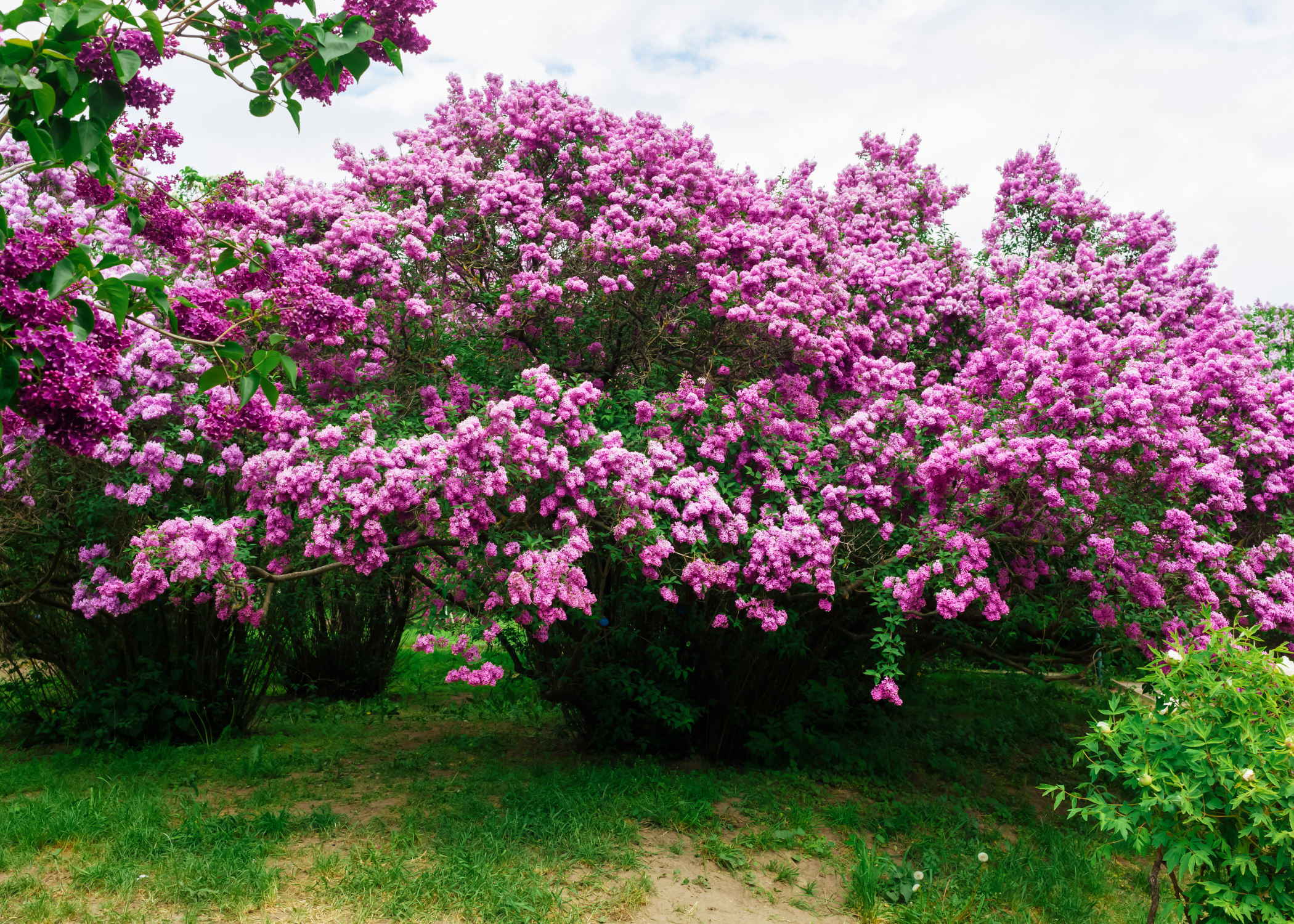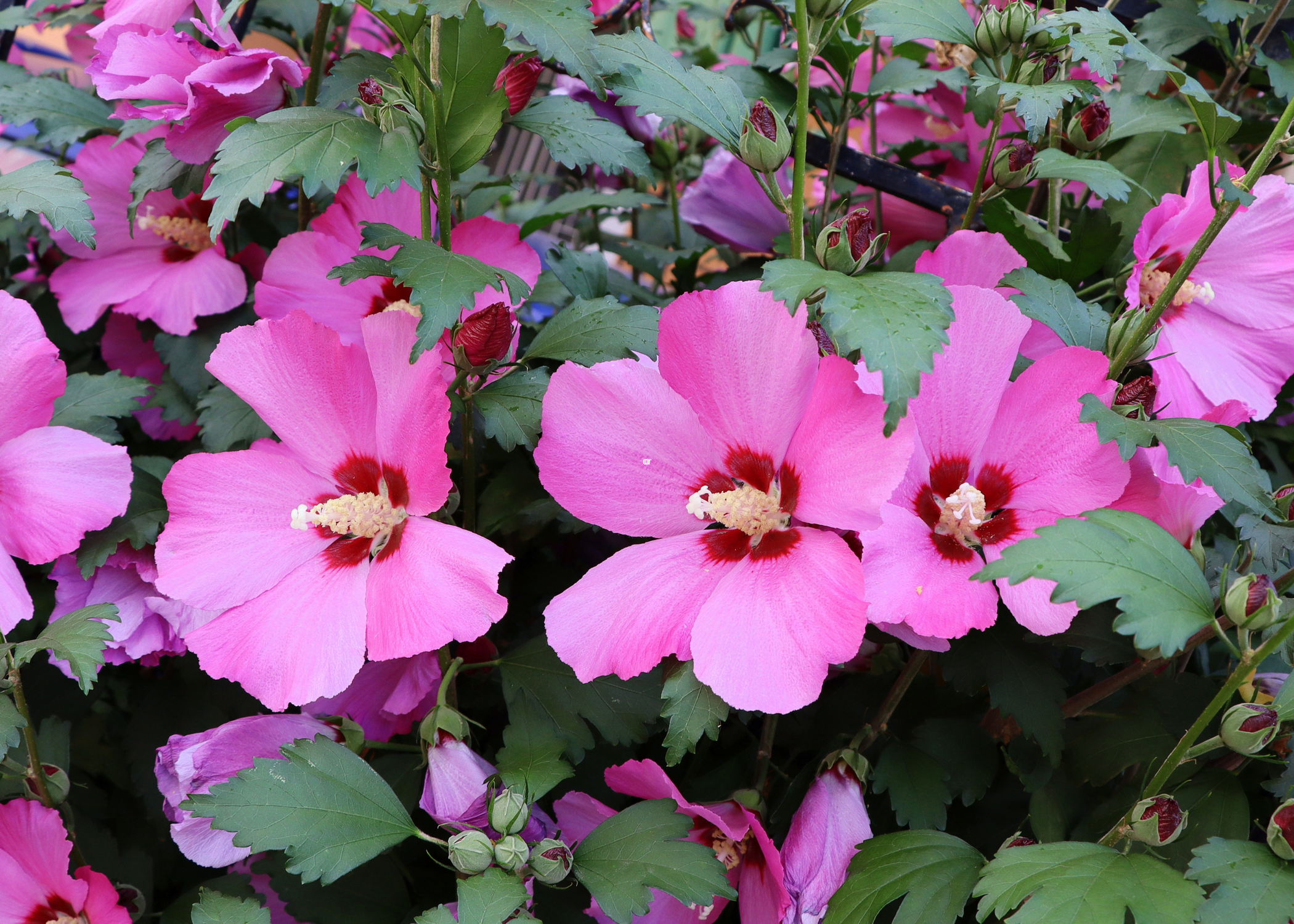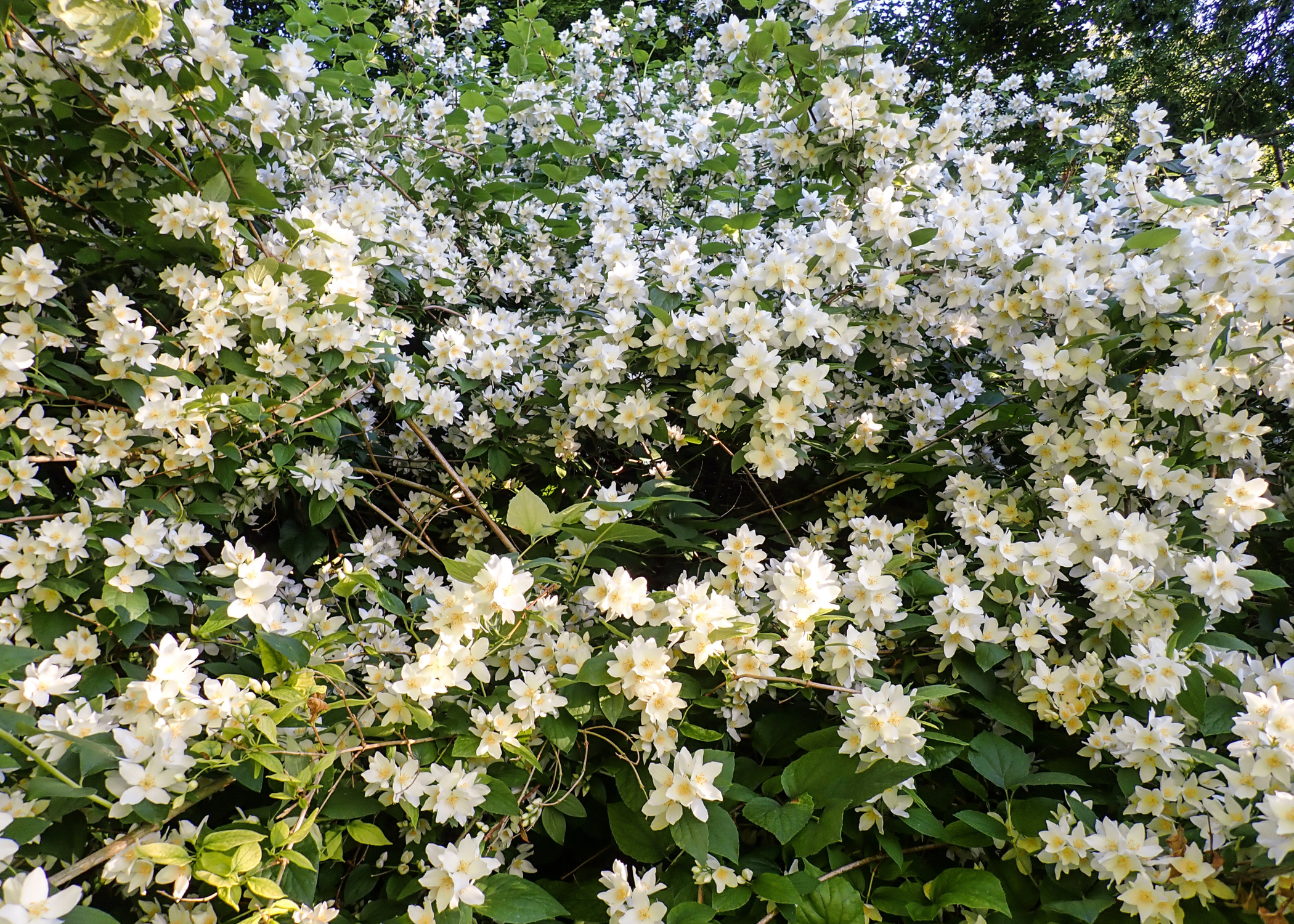Creating a vibrant and lush garden doesn’t have to be a long-term project. Fast-growing shrubs can transform your outdoor space with impressive speed, providing beauty, privacy, and structure in a fraction of the time it takes for other plants to mature. Whether you’re looking to fill in gaps, create a living fence, or simply add some instant greenery, there are a variety of shrubs to suit your needs.
In this article, we’ll explore some of the best fast-growing shrubs that can quickly enhance the aesthetics and functionality of your garden, offering tips on selection, planting, and care to ensure rapid and healthy growth.
1. Forsythia
Forsythia is renowned for its vibrant yellow flowers that bloom in early spring. This deciduous shrub can grow up to 10 feet tall and wide, making it an excellent choice for creating a lively hedge or a standalone accent. Forsythia thrives in well-drained soil and full sun but can also tolerate partial shade. Regular pruning after flowering helps maintain its shape and encourages more blooms.

2. Butterfly Bush (Buddleia)
Butterfly Bush is a favorite among gardeners for its fragrant, colorful flower spikes that attract butterflies and bees. This fast-growing shrub can reach heights of up to 12 feet and blooms from summer to fall. It prefers full sun and well-drained soil. Deadheading spent flowers promotes continuous blooming and prevents unwanted self-seeding.

3. Privet (Ligustrum)
Privet is a versatile shrub commonly used for hedges and privacy screens. It grows rapidly, often reaching 10-15 feet in height. Privet tolerates a variety of soil conditions and can thrive in both full sun and partial shade. Regular pruning helps maintain its dense, compact form. Its white flowers and dark berries add seasonal interest to the garden.

4. Lilac (Syringa)
Lilac shrubs are cherished for their fragrant purple or white blossoms that appear in late spring. These hardy plants can grow up to 15 feet tall and prefer well-drained soil and full sun. Lilacs benefit from annual pruning to remove old wood and encourage new growth. Their delightful scent and attractive flowers make them a garden favorite.


5. Weigela
Weigela is a deciduous shrub known for its bell-shaped flowers that range in color from pink to red. It can grow up to 10 feet tall and wide, making it ideal for borders and hedges. Weigela thrives in full sun to partial shade and well-drained soil. Pruning after flowering helps maintain its shape and encourages a second bloom in late summer.

6. Red Twig Dogwood (Cornus sericea)
Red Twig Dogwood is prized for its striking red branches that provide winter interest. This fast-growing shrub can reach up to 9 feet in height and width. It prefers moist, well-drained soil and full sun to partial shade. Pruning in late winter or early spring helps maintain vibrant stem color and encourages new growth.

7. Rose of Sharon (Hibiscus syriacus)
Rose of Sharon is a hardy shrub that produces large, showy flowers from mid-summer to fall. It can grow up to 12 feet tall and prefers full sun and well-drained soil. Rose of Sharon is relatively low-maintenance and can be pruned in late winter to control its size and shape. Its long blooming period adds lasting beauty to the garden.

8. Spirea
Spirea is a versatile shrub known for its clusters of small, delicate flowers that bloom in spring or summer. This fast-growing plant can reach heights of up to 6 feet and thrives in full sun to partial shade and well-drained soil. Regular pruning after flowering helps maintain its shape and encourages more blooms.

9. Mock Orange (Philadelphus)
Mock Orange is valued for its fragrant white flowers that resemble orange blossoms. This deciduous shrub can grow up to 10 feet tall and prefers full sun to partial shade and well-drained soil. Pruning after flowering helps maintain its shape and encourages vigorous growth. Mock Orange adds a delightful fragrance to the garden.

10. Viburnum
Viburnum shrubs are known for their attractive flowers, berries, and foliage. They can grow up to 12 feet tall and prefer full sun to partial shade and well-drained soil. Viburnum varieties vary in blooming time, with some flowering in spring and others in summer or fall. Pruning helps maintain their shape and encourages healthy growth.

Related Articles
- 5 Ways to Revive a Garden Shed
- 11 Water Features We Love For Gardens
- 40 Inexpensive Raised Garden Bed Ideas for a Cheap, Above-Ground Garden
Incorporating fast-growing shrubs into your garden design can quickly elevate your outdoor space. With careful selection and proper care, these plants will provide beauty and functionality for years to come.
Turn your house into the home of your dreams. Our newsletter provides you with design ideas and decor trends. Subscribe now to start your journey to a stunning home! Click here to subscribe now.
Frequently Asked Questions (FAQs)
What are the benefits of planting fast-growing shrubs in my garden?
Fast-growing shrubs provide quick results, enhancing the garden’s aesthetic appeal quickly. They also offer practical benefits such as privacy screening, windbreak, and habitat for wildlife.
How often should I prune my fast-growing shrubs?
Pruning frequency depends on the shrub type. Generally, pruning once a year after flowering helps maintain shape and encourages healthy growth. Some shrubs may benefit from additional light pruning throughout the growing season.
Can fast-growing shrubs thrive in containers?
Yes. Many fast-growing shrubs can thrive in containers, provided they have adequate space, proper soil, and regular watering. Container-grown shrubs may require more frequent feeding and watering than those planted in the ground.
Are fast-growing shrubs suitable for all climates?
Fast-growing shrubs vary in their climate preferences. It’s essential to choose shrubs that are well-suited to your local climate and growing conditions. Consulting local gardening resources can help you select the best options for your area.
How do I ensure my fast-growing shrubs stay healthy?
To keep your shrubs healthy, provide them with appropriate sunlight, well-drained soil, and regular watering. Mulching helps retain soil moisture and suppress weeds. Additionally, watch for pests and diseases and address any issues promptly.












